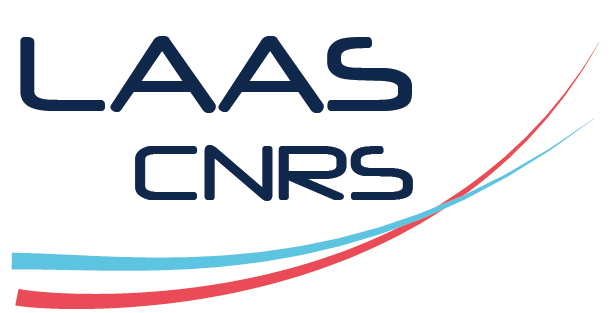Small-world networks of neuroblastoma cells cultured in three-dimensional polymeric scaffolds featuring multi-scale roughness
Résumé
Understanding the mechanisms underlying cell-surface interaction is of fundamental importance for the rational design of scaffolds aiming at tissue engineering, tissue repair and neural regeneration applications. Here, we examined patterns of neuroblastoma cells cultured in three-dimensional polymeric scaffolds obtained by two-photon lithography. Because of the intrinsic resolution of the technique, the micrometric cylinders composing the scaffold have a lateral step size of , a surface roughness of around , and large values of fractal dimension approaching . We found that cells in the scaffold assemble into separate groups with many elements per group. After cell wiring, we found that resulting networks exhibit high clustering, small path lengths, and small world characteristics.
These values of the topological characteristics of the network can potentially enhance the quality, quantity and density of information transported in the network compared to equivalent random graphs of the same size. This is one of the first direct observations of cells developing into small world networks in an artificial matrix.
| Origine | Fichiers produits par l'(les) auteur(s) |
|---|

